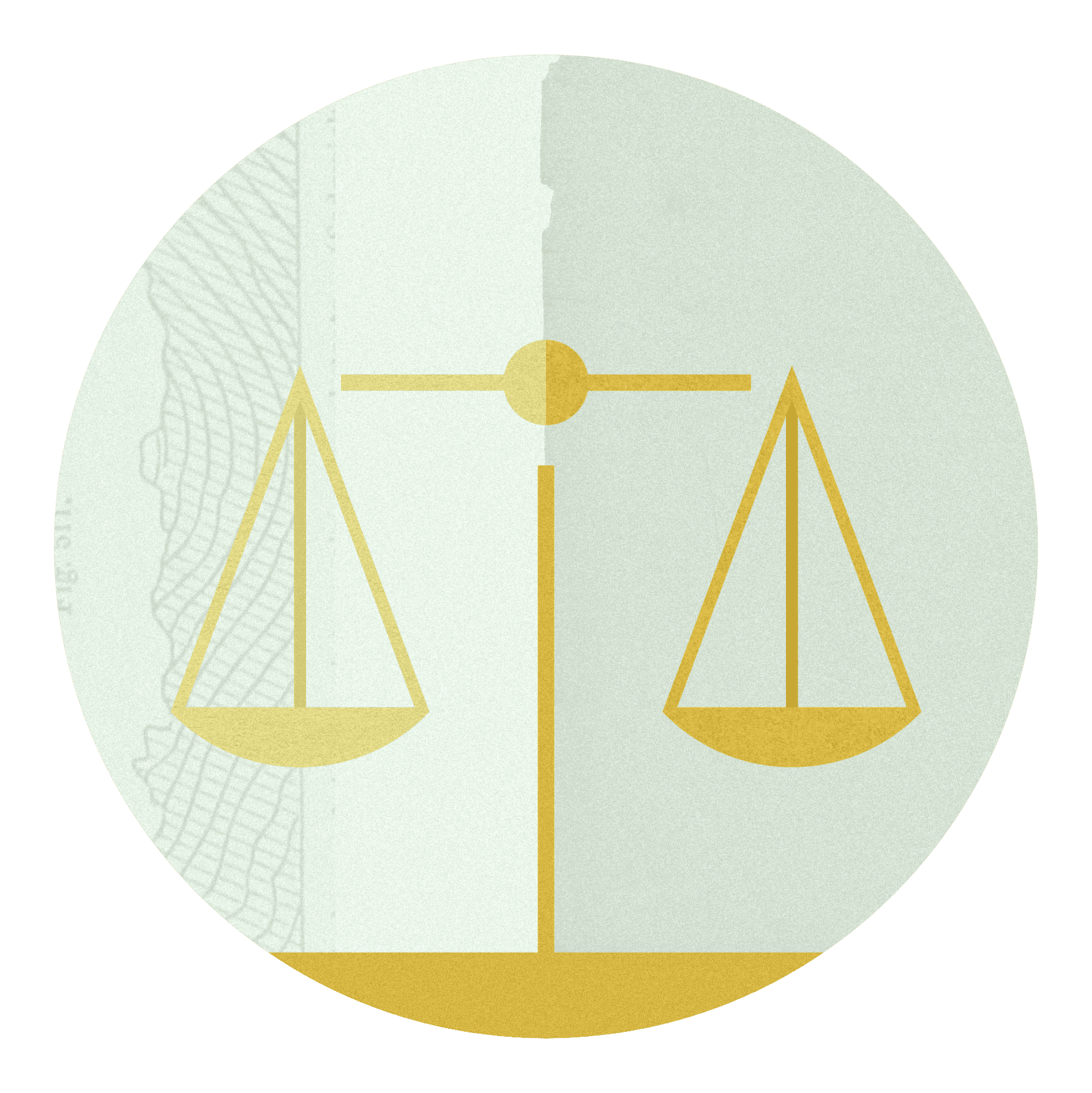By Jeremy Horpedahl
Sound fiscal policy — government spending, taxation, and public debt — can promote economic opportunity and prosperity. But it also can be a drain. As economist and Nobel Prize winner James Buchanan put it, all societies will wind up somewhere between the extremes of “anarchy and Leviathan.”
How, then, do we strike the right balance? In our work at the Arkansas Center for Research in Economics, we adhere to some basic principles about fiscal policy in our research and educational work in Arkansas on government spending and taxation.
In the absence of a strong cost-benefit analysis, policymakers must justify government spending
Adam Smith said there are three basic functions of government: defend the nation, administer justice, and provide public works that are not profitable by voluntary private action.
The first two are straightforward, involving, as Smith says, “violence” against society from external or internal forces. Today, these functions are largely handled by the military, police, and courts. While theorists like David Friedman argue the national defense and administration of justice could be provided privately, most economists agree these are proper roles of the state.
The third area is more complicated. Smith defines public institutions and public works as “advantageous to a great society,” something which “profit could never repay the expense” to build and maintain. That is a sound definition, but details matter and the reality is we do not know what would be profitable without allowing private enterprise the chance to try to offer it.
Furthermore, when government provides a good or service we do not have a great way of doing a cost-benefit analysis. When goods are provided on the market, this information is clear: consumers determine benefit by showing what they are willing to pay for goods.
While there is clearly a benefit to some public goods and services, we have very little ability to measure those benefits. Take a road, for example. It is easy for government to tell us the costs, but what about the benefits? We know people will use the road, but are the benefits worth the investment? Are they worth the opportunity costs? It is hard to say for certain, especially since users may not even know how much they would value a new road.
In the end, then, we are left only with rough estimates. That absence means policymakers (and citizens) should constantly be evaluating and reevaluating whether government should be providing any goods that the market could provide instead. In the absence of hard data about value, government must be forced to justify why it should do what it proposes to do.
Revenues are necessary, but what is the best means of levying them?
The next component of sound fiscal policy is raising revenue to pay for spending. For most governments, the largest source of revenue is taxes on citizens. While there are hundreds of different forms of taxation, most can be classified as one of the following three: income, consumption, or property taxes.
Sound fiscal policy suggests governments should use the form of taxation that is least harmful to society.
An Organization for Economic Cooperation and Development paper took a look at the research and concluded taxes on immovable property were the least distortive, followed by consumption taxes and levies on movable property, and then personal income taxes. Corporate income taxes were the most distortive.
And yet personal and corporate income taxes are the primary source of revenue for the U.S. government, and are major sources of revenue for most U.S. states. These types of taxation discourage productive activity and may even discourage individuals from working and entrepreneurs and business owners from opening or expanding businesses.
Consumption taxes in the United States are primarily state and local sales taxes — levies on things like alcohol — and tariffs. Consumption taxes are less destructive than income taxes because there is no direct discouragement to work. They also do not discourage savings and investment, and, in fact, may slightly encourage it. Under most income taxes, investment income (interest, dividends, or capital gains) is also taxed, though sometimes at a lower rate. Under a consumption tax, there is no additional tax placed on savers. Savings and investment, and the innovation and capital goods that they produce, are a major form of continuing economic prosperity.
Property taxes are the final category, and these mostly come from real estate. With property taxes, there is no discouragement to productive activities such as employment. The only downside is that they may discourage improving land, which will increase its value and therefore its property tax. To remedy this, economists suggest taxing the underlying value of the land more heavily than improvements, or exclusively taxing the land.
Other forms of property beyond real estate could be taxed, though this is less common. Some U.S. states tax motor vehicle values, while other states have capital stock taxes on the value of businesses. A few countries tax individual wealth beyond property, though these levies are rare and usually do not raise much revenue.
Taxes are not the only source of revenue, of course. There also are user fees, which are desirable to fund public works. User fees are the closest parallel to market prices that we have in the realm of public finance. For example, the road I discussed earlier could be funded out of general taxation, but there are better ways to finance it. Gasoline taxes and road tolls are ways of more directly charging the users of the road in proportion to their use. While user fees cannot be leveraged to finance all government-provided goods, policymakers should be on the lookout for creative ways to implement them since these revenue raisers do not discourage economic opportunity and prosperity like taxes on income and consumption do.
Public debt must be for a public good
Unfortunately, there is typically a gulf between what governments spend and what they take in. The difference is covered by issuing public debt. This gap is most common for a national government, and the U.S. government in recent years has been running budget deficits of $1-2 trillion per year. It currently has $33.6 trillion in total debt outstanding, or more than $100,000 per resident. U.S. state and local governments hold another $3 trillion in public debt.
Is public debt necessarily bad?
Not always.
The best case for issuing public debt is for a government project that will have a useful life of many years. Once again, let’s use a road as an example. If the road will have a useful life of 50 years before major repairs would be needed, it would not make sense for a public (or any) entity to pay for the road all at once out of current revenue. Instead, a government could issue bonds to raise the funds, and the bond could be secured by a stream of revenue, possibly one related to the use of the road such as the user fees discussed above.
Governments should avoid using public debt simply to balance a budget for current consumption, however, even though there is strong temptation to do so since potential taxpayers would rather have someone else (e.g., future taxpayers), foot the bill.
Not only are there moral qualms about passing off costs to future taxpayers, in terms of sound fiscal policy, there are practical reasons to avoid this practice too. The political temptation to issue debt, especially when interest rates are low can mean that, down the road, interest payments on debt become one of the major budget items that current taxes must finance. Indeed, we are seeing this problem play out right now in the United States. Interest payments on the U.S. national debt have roughly doubled in the last three years alone and could soon be one of the largest categories of federal government spending.
As with spending, the federal government must have sound reasons for adding public debt, especially if that burden is only for near-term benefit.
Getting the balance right
Sound fiscal policy is relatively simple: spend only on essentials, pay for those essentials in the least harmful way possible, and avoid public debt except in cases where a long-run capital good is being financed for the life of that good.
In practice, these principles are difficult to adhere to, but the more our leaders use them as guiding lights, the more likely it is that every American will be able to enjoy economic opportunity and prosperity for decades to come.
Horpedahl is director of the Arkansas Center for Research in Economics and an associate professor of economics at the University of Central Arkansas.










